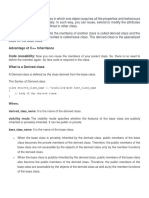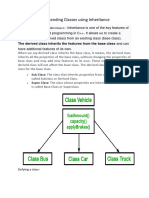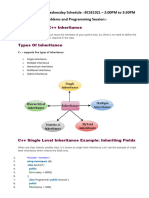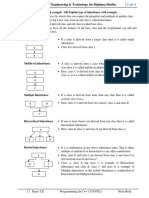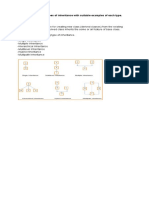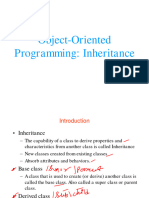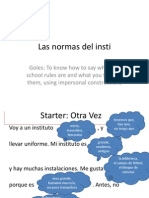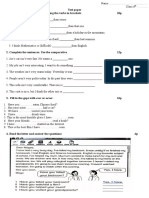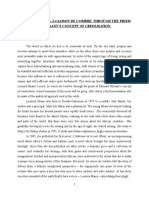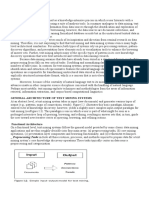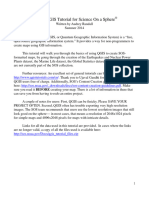0% found this document useful (0 votes)
7 views16 pagesModule 3 Inheritance
Module 3 covers inheritance and polymorphism in C++, explaining the concept of inheritance where a derived class acquires properties and behaviors from a base class. It details various types of inheritance including single, multiple, multilevel, hierarchical, and hybrid inheritance, along with examples for each type. Additionally, it discusses visibility modes (public, private, protected) and their implications on member accessibility in derived classes.
Uploaded by
Manu Amba ravikumarCopyright
© © All Rights Reserved
We take content rights seriously. If you suspect this is your content, claim it here.
Available Formats
Download as PDF, TXT or read online on Scribd
0% found this document useful (0 votes)
7 views16 pagesModule 3 Inheritance
Module 3 covers inheritance and polymorphism in C++, explaining the concept of inheritance where a derived class acquires properties and behaviors from a base class. It details various types of inheritance including single, multiple, multilevel, hierarchical, and hybrid inheritance, along with examples for each type. Additionally, it discusses visibility modes (public, private, protected) and their implications on member accessibility in derived classes.
Uploaded by
Manu Amba ravikumarCopyright
© © All Rights Reserved
We take content rights seriously. If you suspect this is your content, claim it here.
Available Formats
Download as PDF, TXT or read online on Scribd
/ 16






